Ocellaris Clownfish Population
This fish reaches a maximum size of three inches 8 cm. They are also well known for have a symbiotic.
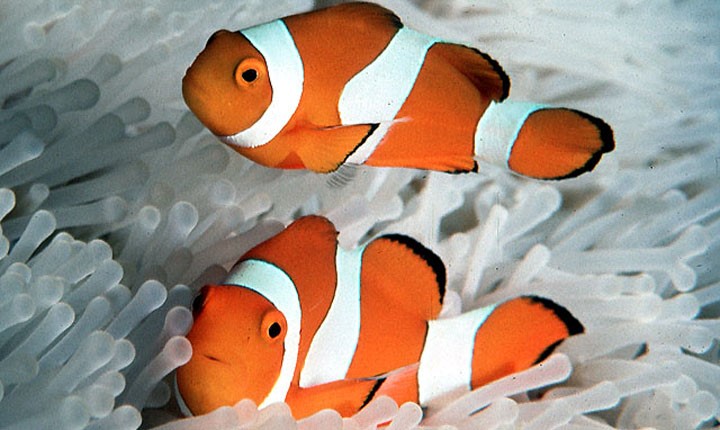
Clown Anemonefish Amphiprion Ocellaris Species Profile
These occur only in the broader West Pacific inclusive of peripheral areas like the Andaman Sea.

Ocellaris clownfish population. It had already been known that a closely related clownfish species Amphiprion ocellaris. The common clownfish is one of the most iconic coral reef species and the star of an extremely popular childrens cartoon. These have a tall robust body profile and a single white bar behind the head while juveniles briefly have a second bar that disappears at an early age.
The final group left to examine are the Tomato Clownfishes so named for the reddish coloration shared by several of the species in this lineage. With the increase in water temperature a consequence of global warming the coral bleaches and these fish end up dying with it. This means in exploited areas there is reduced population density.
Ocellaris Clownfish are also captured to sell for aquariums for lots of money. However the species are flexible as we have discussed previously. Juveniles of this color variety can be light brown in color until they mature.
The Ocellaris Clownfish is easily one of the most recognizable fish in the saltwater aquarium industry and are commonly available at marine retail outlets. The percula clownfish is distinguished by its vivid orange color and white bands outlined in black. The movie Finding Nemo has greatly increased the Amphiprion ocellaris popularity within the last four years making this particular species the most commonly exported marine species today.
In some areas particularly near Australia it is almost black. Allen 1997 Biogeographic Regions. Like all clownfishes also called anemonefishes common clownfish live within the tentacles of a variety of venomous anemones.
For example black Amphiprion ocellaris with white bands can be found near northern Australia. These authors found evidence for a genetic split between A. These Halfblack Ocellaris found among adult culls at Joe Lichtenberts Reef Propagations Inc turned out to be nothing more than Black Ocellaris just like their parents.
It is best known in its orange form but its color varies depending on where it lives. All clownfish are born male. Mucous covers each individuals body and protects the fish from the.
This popularity has played a role in the population numbers of the clownfish however. Amphiprion ocellarisare found in different colours depending on where they are located. United States of America.
An estimated total fecundity of 23-1518 was obtained. Clownfish Amphiprion ocellaris Clownfish have a complex reproductive process thats deeply linked to coral reefs. Population growth pattern for clownfish estimated from a length-weight relationship W aL b exhibited an isometric growth b 30.
This is because they make up 43 of the global marine ornamental trade with 75 of these fish captured from the wild. The most common variety of Ocellaris Clownfish is mainly. This is because the fish tends to be territorial and can become aggressive towards tank mates.
Ocellaris dated at 29 MYA along with a similarly ancient split that divided populations in eastern portions of Indonesia Tomini Bay Cenderawasih Bay from western regions Borneo Sulawesi as well as a more recent split for a distinct Indian Ocean population dated at 09 MYAspecimens from north of Wallaces Line in the. The Black ocellaris clownfish Amphiprion ocellaris also known as the Black percula or Black and white false Percula clownfish is very distinctive with its jet-black body and three white stripes on each sideIt has grayorange irises. The gender changes happen predictably in a one-way direction.
The Ocellaris Clownfish Amphiprion ocellaris or clown anenomefish is a species of reef fish found in coral reefs from the Eastern Indian Ocean to the coasts of Northern Australia to Southeast Asia and Japan. The Ocellaris clownfish is a small brightly-colored fish with prominent fins. A ocellaris is omnivorous.
Stripes typically with little black along m. It is important to maintain good practice and protect this unique fish. But a new study shows an 80 population drop in just 30 years for one extraordinary sub-group that.
These are their two main resources because they are their food and shelter and are density-dependent factors. This animal became popular thanks to the movie Finding NemoIn the years after its release the clownfish population dropped dramatically. Indonesia from Sunda Strait to Southern Mindanao and West PapuaNorthern Australia to Kimberley and offshore reefs.
Stomach content consisted of variety of larva and algae. The ocellaris clownfish Amphiprion ocellaris also known as the false percula clownfish or common clownfish is a marine fish belonging to the family Pomacentridae which includes clownfishes and damselfishes. Some limited resources that could cause the population to rise would be the sea anemone and the algae.
Fluvals aquatic expert Tom Sarac provides a comprehensive overview of one of the most popular species in the hobby the Ocellaris clownfish Amphiprion ocel. Dorsal fin proportionally taller height 21-29 in head length. Among any small local population of Ocellaris clownfish the largest most dominant individual will be the reproducing Female.
All clownfish including Amphiprion ocellaris are hermaphrodites and are capable of becoming either male and femaleBut they arent able to flip flop back and forth. Countries States and Cities. They are well known for their black white and orange coloring which is designed to help them blend into the colorful coral backgrounds.
Many areas are being over-collected for trade. Of the nearly 30 species of clownfish there are two types commonly referred to as the orange clownfishAmphiprion percula and Amphiprion ocellaris. The Ocellaris Clownfish Amphiprion ocellaris is the most well-known orange saltwater fish around the worldIt has been the icon of the saltwater hobby for a long period of time constantly depicted on magazine covers in books as logos on t-shirts and many other promotional mediums.
Results were further supported by trophic level analysis of 298 029 with no shift in diet with increasing size. Amphiprion ocellaris Cuvier 1830 the false clownfish is a tropical marine fish found in parts of Asia and Australia. They may be small but they are feisty orange fish.
For the average aquarium its best to keep your Clownfish population to only two. Modally 11 dorsal fin spines. The Ocellaris clownfish has three vertical white bands running around its body.
Its range includes Northwest Australia Southeast Asia and as far north as the Ryukyu Islands of Japan Allen 1997. They are very hardy colorful easy to care for and have a lot of personality in the saltwater tank. Though clownfish are not highly threatened their populations have decreased in some areas.
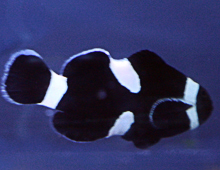
Black Ocellaris Clownfish The Dallas World Aquarium
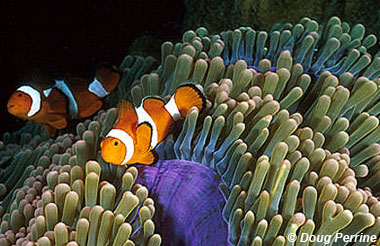
Amphiprion Ocellaris Discover Fishes

Ocellaris Clownfish Care Size Lifespan Types More

Clownfish Facts Great Barrier Reef Foundation Great Barrier Reef Foundation

Orange Clownfishes Marinebio Conservation Society

Male Clownfish Change Sex If Their Wife Dies Study Deccan Herald

Bad News For Nemo Latinamerican Post
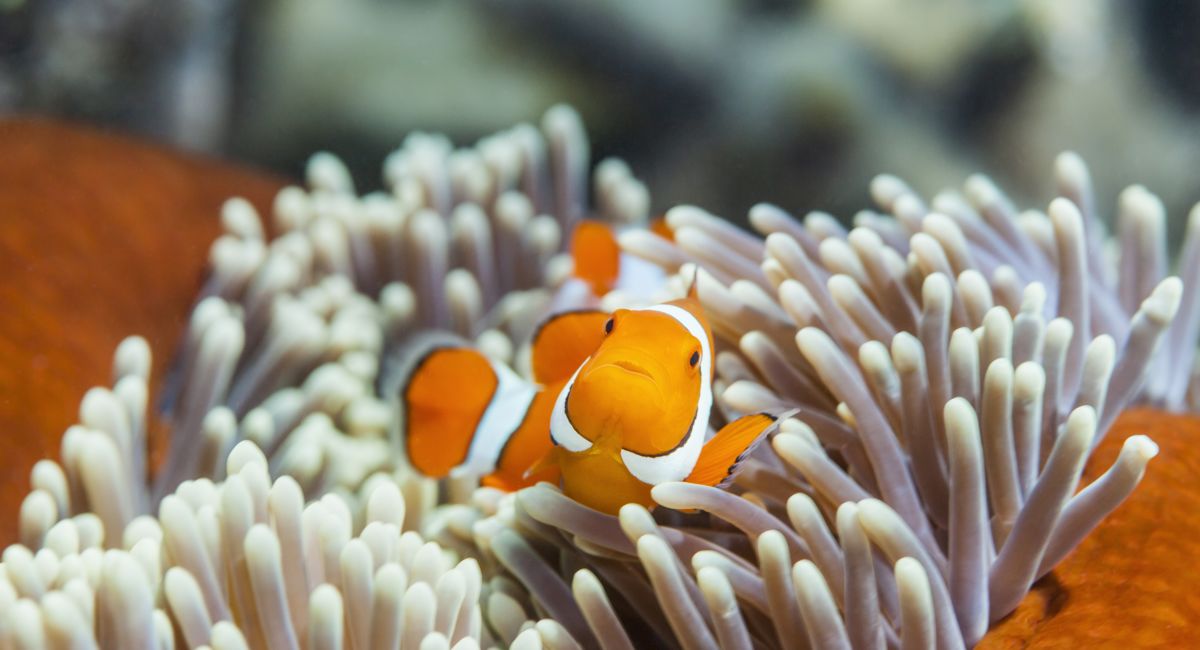
Clownfish Facts Great Barrier Reef Foundation Great Barrier Reef Foundation
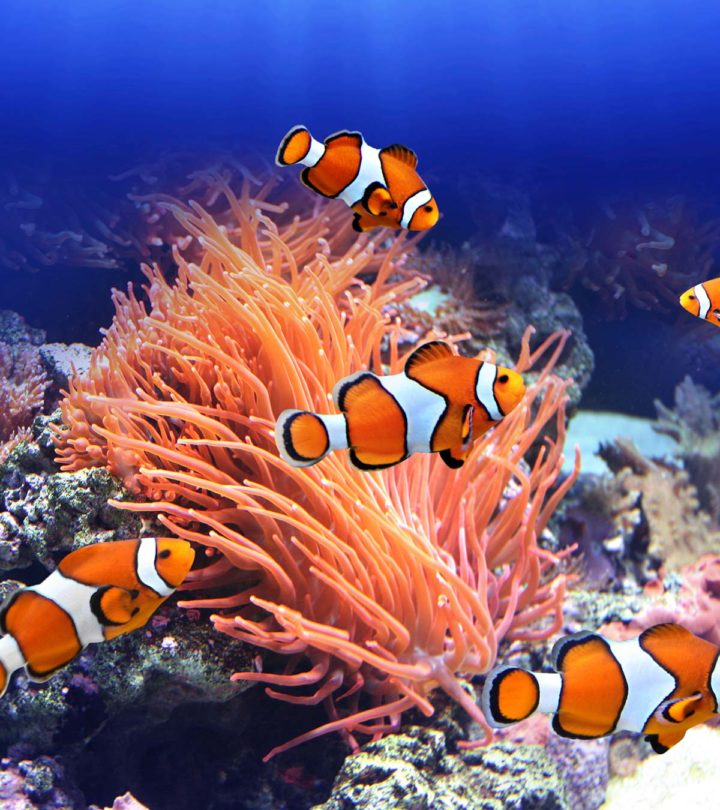
15 Fascinating Clownfish Facts And Information For Kids
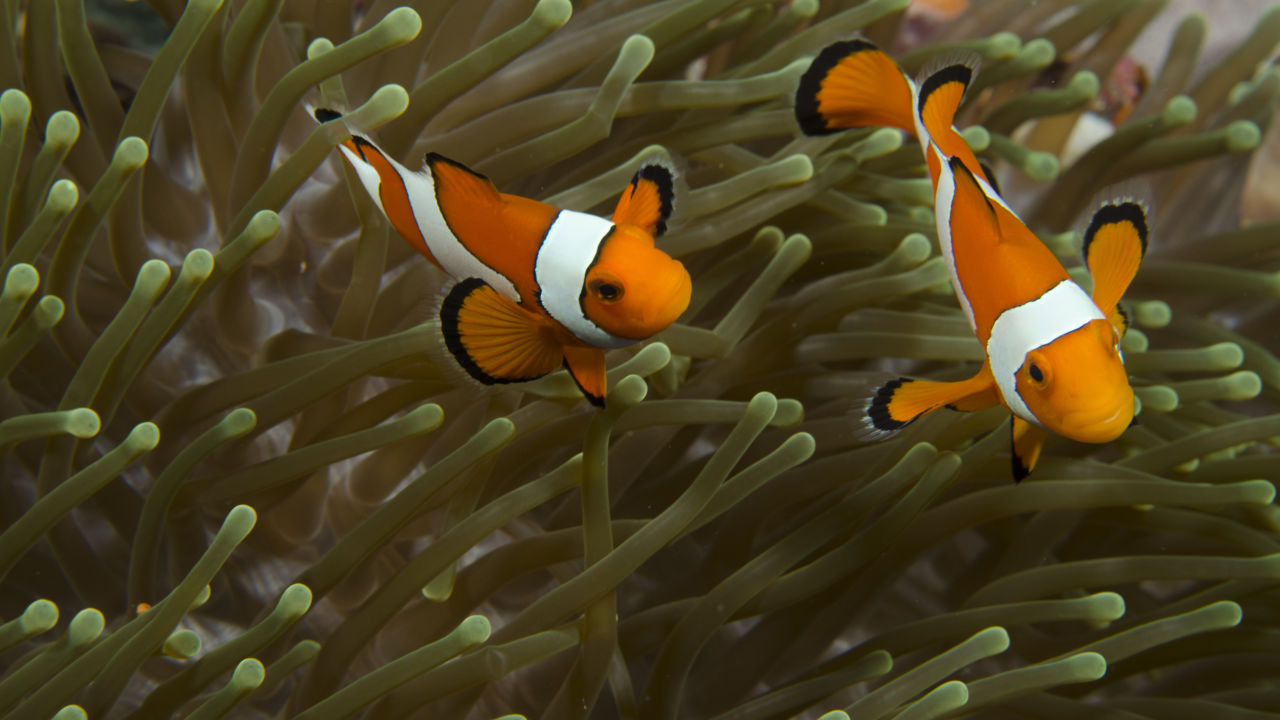
Clownfish Facts Great Barrier Reef Foundation Great Barrier Reef Foundation

True Percula Clownfish Vs Ocellaris Clownfish Guide Reef Tank Resource

Mysterious Hybrid Clownfish At Ora
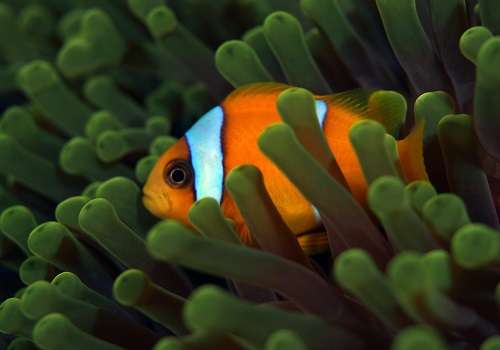
Clownfish Adapt For Population Survival






Post a Comment for "Ocellaris Clownfish Population"